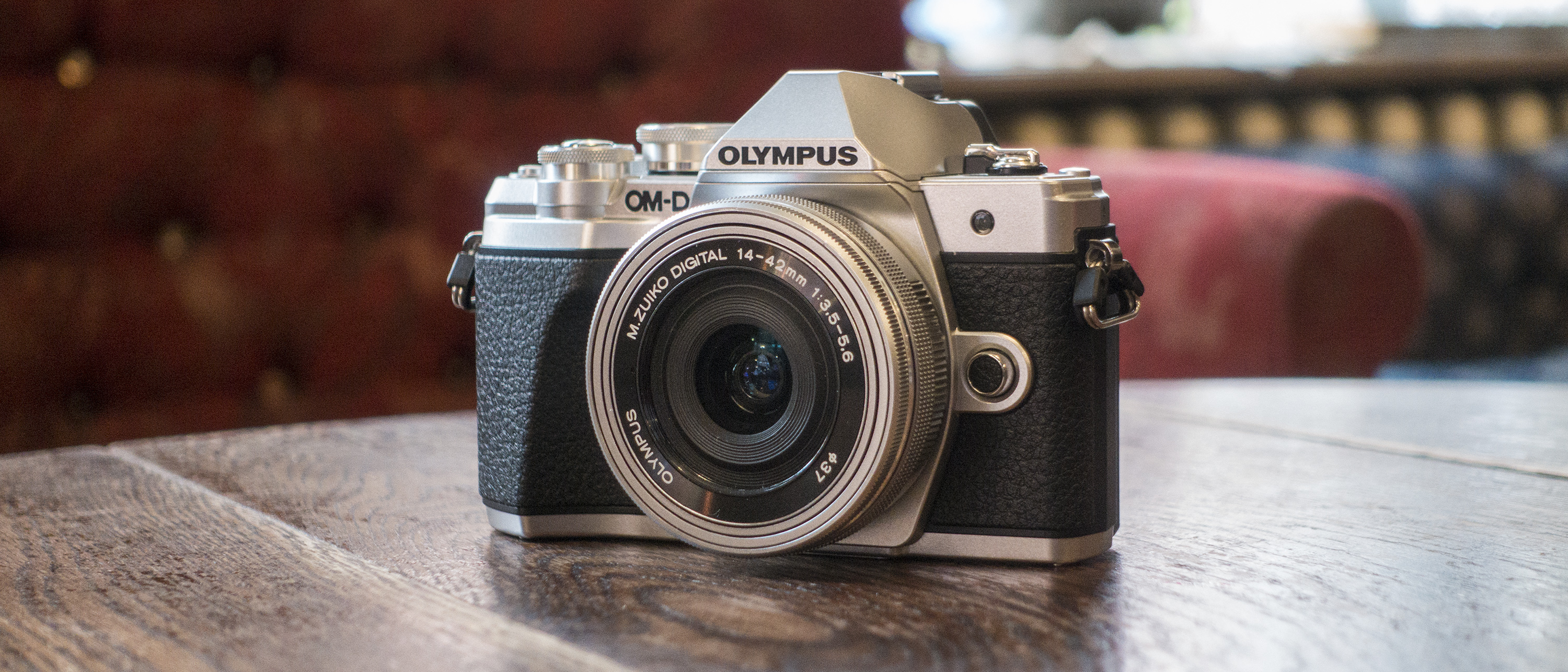Why you can trust TechRadar
Performance
- 8.6fps burst shooting
- Mechanical shutter up to 1/4000 sec
- 330-shot battery life
As far as burst shooting is concerned, the OM-D E-M10 Mark III gets a modest speed boost over the Mark II, from 8.5fps to 8.6fps. While that's only a marginal improvement, it's still quicker than the likes of Fujifilm's X-T20 (8fps), and noticeably quicker than either the Canon EOS Rebel T7i / EOS 800D (6fps) or Nikon D5600 (5fps). Buffer performance is pretty good too, at 22 frames for raw files, while the camera will keep shooting JPEGs until the card is full.
The five-axis image stabilization system performs very well – even using a shutter speed of 1/8 sec we were able to get sharp images, while provided you brace the camera properly it's possible to shoot at even slower speeds with good results.
There's nothing to complain about with either the EVF or rear touchscreen display
As we've experienced with other OM-D cameras, the auto white balance copes well with a range of lighting conditions. The same can be said for the E-M10 Mark III's metering system, with exposures in most cases very satisfactory.
There's nothing to complain about with either the EVF or rear touchscreen display, with the electronic viewfinder's 2.36 million-dot resolution delivering a display that's nice and bright, and, more importantly, lag-free in good light.
Battery life is about right for a mirrorless camera of this class – at 330 shots, it's 20 shots less than the X-T20, but compared to a rival DSLR like Nikon's D5600, which offers 820 shots on a single charge, it's disappointing.
Image quality
- ISO100-25,600
- +/-3 EV exposure compensation in 1/3 or 1/2-stop increments
- 15 Art filters
The 16MP Micro Four Thirds sensor at the heart of the OM-D E-M10 Mark III has changed little in the five years it's been available. For those wanting the best detail possible the 24MP sensors in APS-C rivals like the X-T20 and D5600 will deliver more satisfying results, but that's not to discount this sensor, which is still capable of delivering decent A3-sized prints.
JPEG images at ISO400 hold up well. There's perhaps a hint of luminance (grain-like) noise visible at 100%, but nothing untoward, while there's a good level of detail visible in low-to-mid sensitivity range shots. Noise is controlled well up to around ISO6400, at which point some areas in JPEGs start to take on a slightly painterly appearance when viewed at 100%. Results at ISO12,800 and 25,600 are reasonable, provided you're only going to be using those images online.

Click here for the full-size image
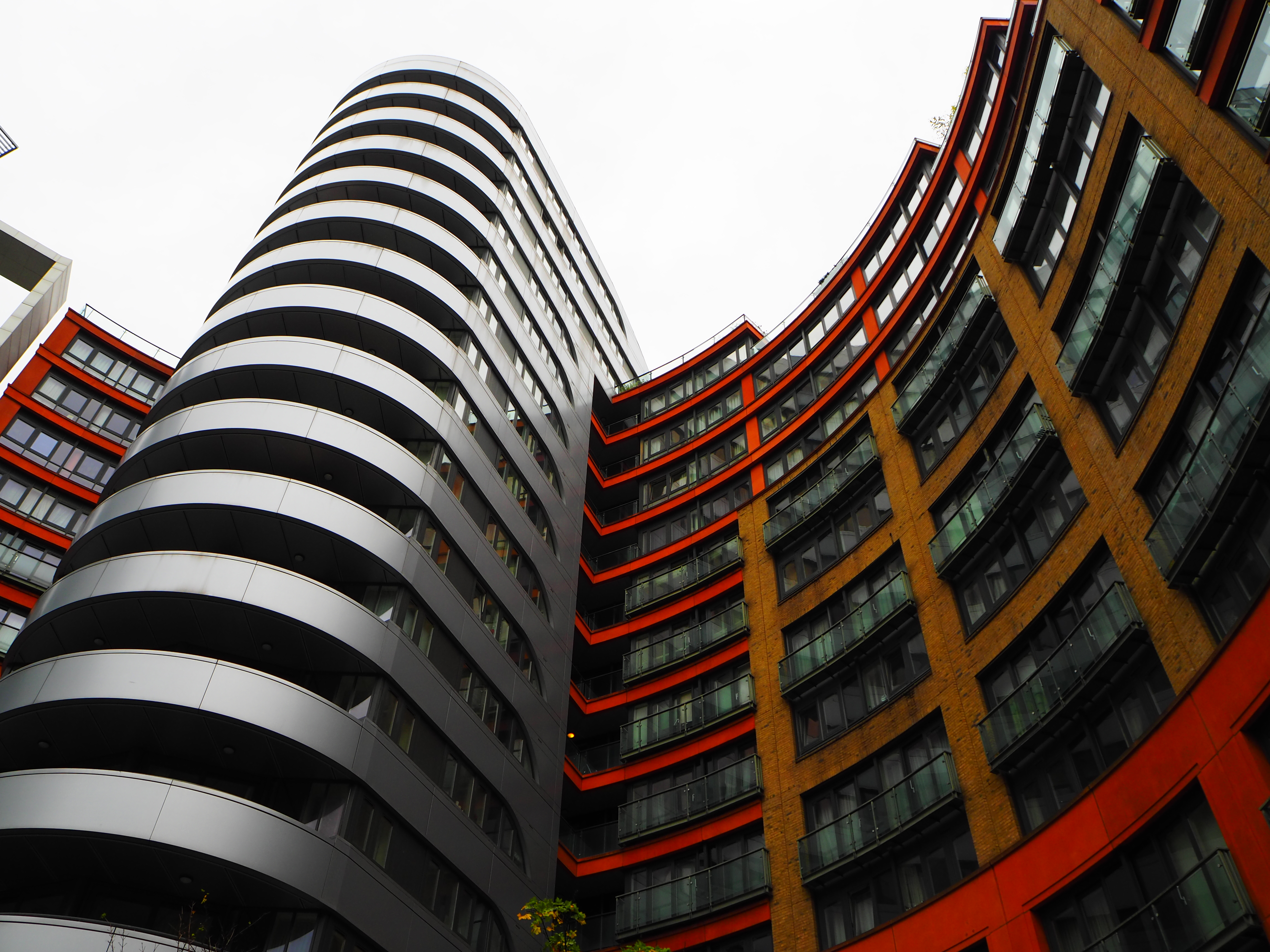
Click here for the full-size image
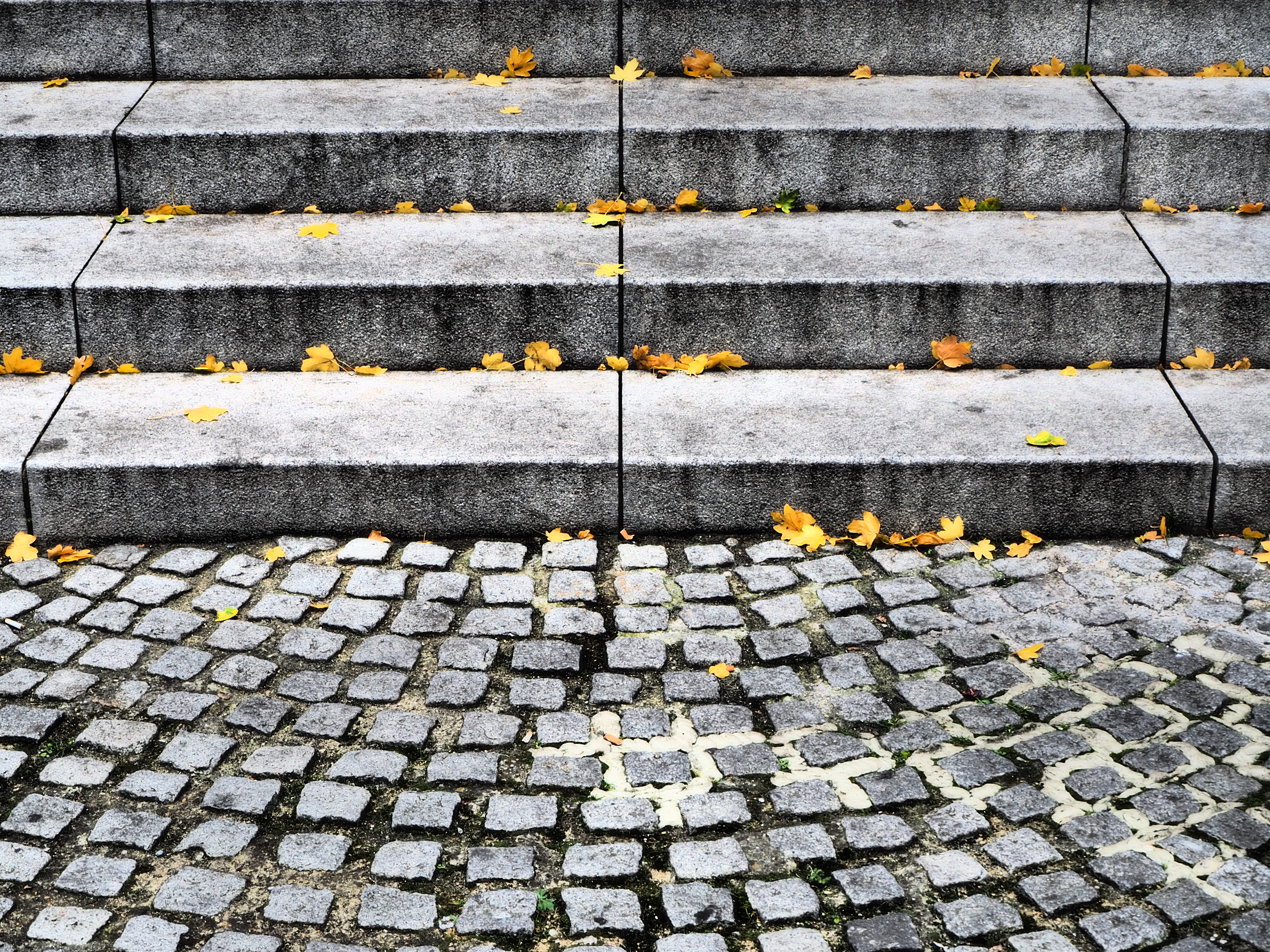
Click here for the full-size image
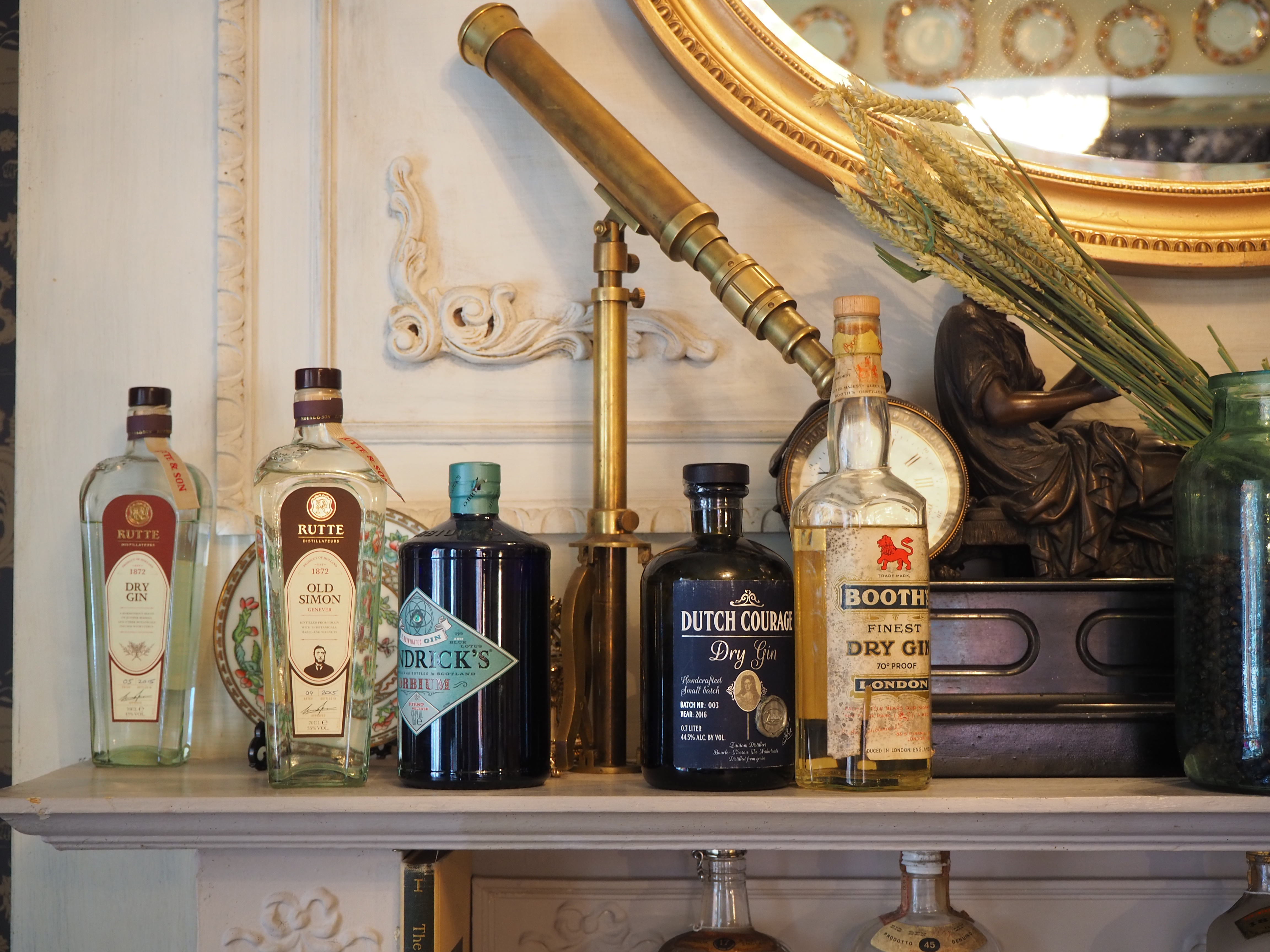
Click here for the full-size image
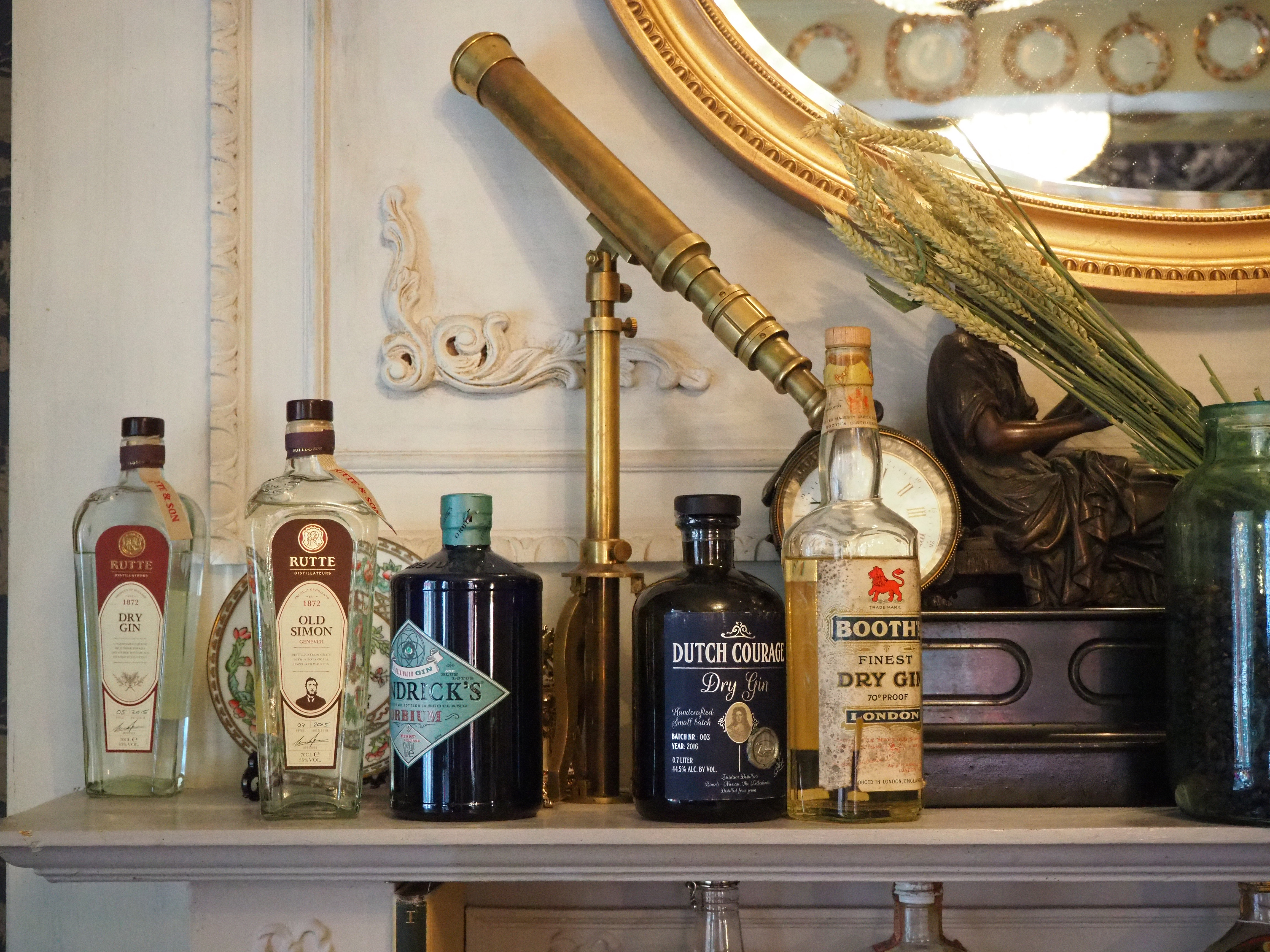
Click here for the full-size image
Current page: Performance and image quality
Prev Page Build, handling and AF Next Page Verdict and competitionPhil Hall is an experienced writer and editor having worked on some of the largest photography magazines in the UK, and now edit the photography channel of TechRadar, the UK's biggest tech website and one of the largest in the world. He has also worked on numerous commercial projects, including working with manufacturers like Nikon and Fujifilm on bespoke printed and online camera guides, as well as writing technique blogs and copy for the John Lewis Technology guide.
